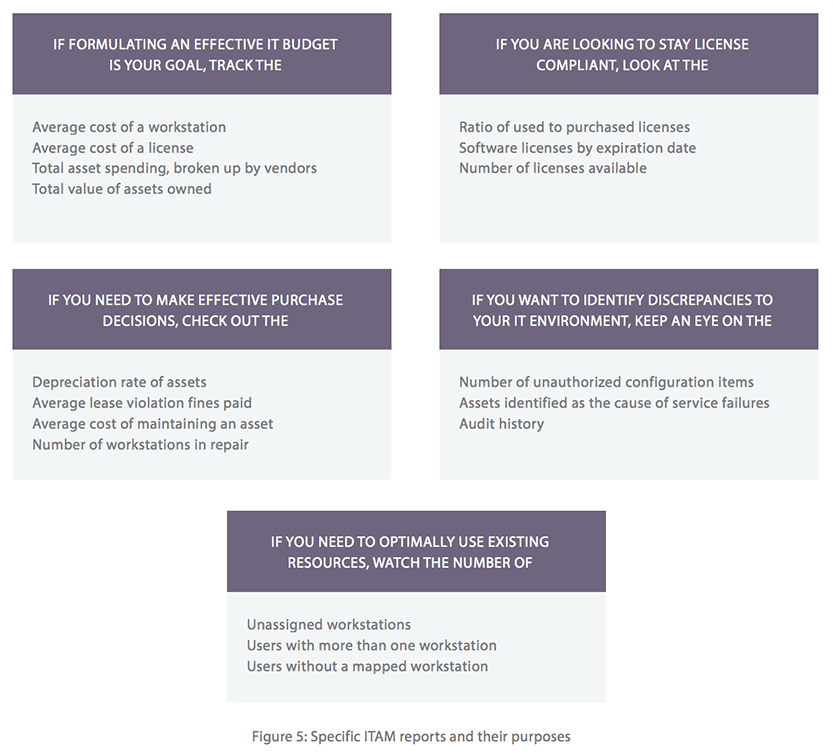Generating Reports And Key Metrics
- Examples Of Key Metrics
- Generating Reports And Key Metrics Worksheet
- Generating Reports And Key Metrics Worksheet
- 'Don't look at just outcome metrics. The key is to get to the driver metrics,' says Mercer's Nalbantian. But the canned reports don't always provide the data she needs. In addition to the.
- Aug 22, 2019 HR Dashboards: Examples, Metrics, And Workforce Analytics. Sign Up For Our. Historically, IT had access to business data and HR relied on them to create workforce reports. But as technology has advanced, these tools have become increasingly easy to use. A good HR dashboard will provide a concise and intuitive display of clear key.
 -->
-->Periodical reports help keep a team informed on how their business critical services are doing. Developers, DevOps/SRE teams, and their managers can be productive with automated reports reliably delivering insights without requiring everyone to sign in the portal. Such reports can also help identify gradual increases in latencies, load or failure rates that may not trigger any alert rules.
The metrics used in this report pertain to both RTOs and ISOs and non-RTOs and ISOs. However, several limitations preclude all but the most basic observations about the metrics submitted by RTOs and ISOs relative to those submitted by non-RTOs and ISOs. While the intent behind these metrics is to compare areas in which RTOs and ISOs. Generating Standard Reports and Performance Documents The reporting feature in Portfolio Manager offers a variety of reports and graphics to help you view and share performance metrics. This document describes how to download two types of reports that are useful if you're trying to capture a snapshot of your building performance:.
Each enterprise has its unique reporting needs, such as:
- Specific percentile aggregations of metrics, or custom metrics in a report.
- Have different reports for daily, weekly, and monthly roll-ups of data for different audiences.
- Segmentation by custom attributes like region, or environment.
- Group some AI resources together in a single report, even if they may be in different subscriptions or resource groups etc.
- Separate reports containing sensitive metrics sent to selective audience.
- Reports to stakeholders who may not have access to the portal resources.
Note
The weekly Application Insights digest email did not allow any customization, and will be discontinued in favor of the custom options listed below. The last weekly digest email will be sent on June 11, 2018. Please configure one of the following options to get similar custom reports (use the query suggested below).
To automate custom report emails
Examples Of Key Metrics
You can programmatically query Application Insights data to generate custom reports on a schedule. The following options can help you get started quickly:
Use the 'Application Insights scheduled digest' Azure function template in the Monitoring scenario. This function uses SendGrid to deliver the email.
Sample query for a weekly digest email
The following query shows joining across multiple datasets for a weekly digest email like report. Customize it as required and use it with any of the options listed above to automate a weekly report.
Application Insights scheduled digest report
From the Azure portal, select Create a Resource > Compute > Function App.
Enter appropriate info for your app and select Create. (Application Insights On is required only if you want to monitor your new Function App with Application Insights)
Once your new Function App has completed deployment, select Go to resource.
Select New function.
Select the Application Insights scheduled digest template.
Note
By default, function apps are created with runtime version 2.x. You must target Azure Functions runtime version1.x to use the Application Insights scheduled digest template.
Enter an appropriate recipient e-mail address for your report and select Create.
Select your Function App > Platform features > Application settings.
Create three new application settings with appropriate corresponding values
AI_APP_ID,AI_APP_KEY, andSendGridAPI. Select Save.(The AI_ values can be found under API Access for the Application Insights Resource you want to report on. If you don't have an Application Insights API Key, there is the option to Create API Key.)
AI_APP_ID = Application ID
AI_APP_KEY = API Key
SendGridAPI =SendGrid API Key
Note
If you don't have a SendGrid account you can create one. SendGrid's documentation for Azure Functions is here. If just want a minimal explanation of how to setup SendGrid and generate an API key one is provided at the end of this article.
Select Integrate and under Outputs click SendGrid ($return).
Under the SendGridAPI Key App Setting, select your newly created App Setting for SendGridAPI.
Run and test your Function App.
Check your e-mail to confirm that the message was sent/received successfully.
SendGrid with Azure
These steps only apply if you don't already have a SendGrid account configured.
From the Azure portal select Create a resource search for SendGrid Email Delivery > Click Create > and fill out the SendGrid specific create instructions.
Aug 25, 2018 KeyGen Software License Key Generator allows you to add keyed licenses to your program in order to get benefits from it. The system is very similar to the key system used by the famous Kaspersky antivirus. The program generates a random number that will correspond to a key. Jul 22, 2019 Universal Keygen Generator Online allows you to generate the serial numbers or product keys for all software.you can easily generate a serial key for any version and any software. It is a perfect software for beginners and professionals. It receives serial keys of recent software. It offers them genuine such as Windows 100% working Product keys. Jan 19, 2020 Universal Keygen Generator Crack 2019 New Version Software. Universal Keygen Generator Crack is the best activator that is the only way to work with product keys and serial keys to activate the unregistered software.It supports all Operating systems. Direct Link-Universal Keygen Generator 2020 Free Download Full Version UpdatedThis Software Online allows you to generate the. Keygen software license key generator free download.
Once created under SendGrid Accounts select Manage.
This will launch SendGrid's site. Select Settings > API Keys.
Create an API Key > choose Create & View (Please review SendGrid's documentation on restricted access to determine what level of permissions is appropriate for your API Key. Full Access is selected here for example purposes only.)
Copy the entire key, this value is what you need in your Function App settings as the value for SendGridAPI
Next steps
- Learn more about creating Analytics queries.
- Learn more about programmatically querying Application Insights data
- Learn more about Logic Apps.
- Learn more about Microsoft Flow.
Predefined reports (listed below) are available to Service Administrators for most of your reporting needs and are a useful starting point for report creation. These reports are available whether you are using the sample application or create a new application. You can review the query used to create the report and see the parameters.
There are also a few additional reports provided within the sample application that are listed in the following section.
Additionally, you can create custom reports. See Generating Custom Reports
Note:
To avoid report errors, you must enter the required parameters.Table 15-1 Reconciliation Manager - Report Required Parameters
To generate reports:
- From Home, select Reports.
- For Output Format, select XLSX, XLS, HTML , PDF, or CSV.
Note:
XLSX is not supported for graphs. HTML and XLS are not supported for graphs and charts. CSV is better suited for use in custom reports rather than predefined reports.
- Click Generate.
- For each parameter, select the value.
- Click Generate.
- Select Open or Save File to save the ZIP file.
Additional Predefined Reports Provided in Sample Application
In the Sample Application, there are three categories (or report groups) containing predefined reports:
- Compliance Reporting
- Reconciliation Manager (these are the same predefined reports as outlined above)
- Variance Analysis
Table 15-2 Compliance Reporting Report Group - Required Parameters
| Report | Required Parameters |
|---|---|
| Large Unexplained Difference | Period––Determines which period’s data is used. |
| Aging Violations | Period––Determines which period’s data is used. |
| IC Unbalanced | Period––Determines which period’s data is used. |
| Warnings | Period––Determines which period’s data is used. |
Generating Reports And Key Metrics Worksheet
Table 15-3 Variance Analysis Report Group - Required Parameters
Generating Reports And Key Metrics Worksheet
| Report | Required Parameters |
|---|---|
| Variance Analysis Detailed | Period––Determines which period’s data is used. |
| Variance Analysis Summary | Period––Determines which period’s data is used. |
